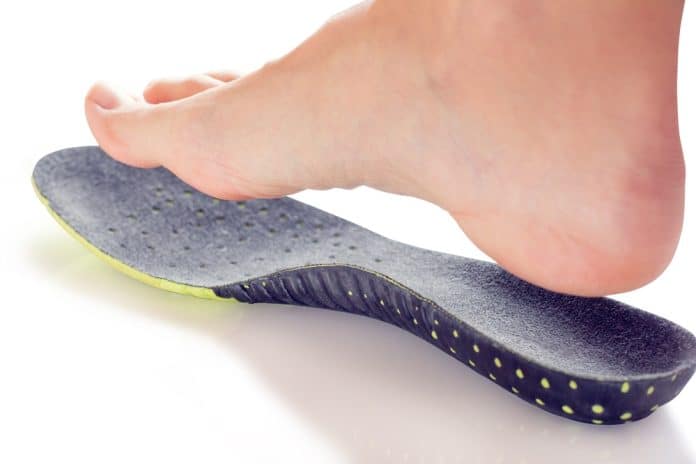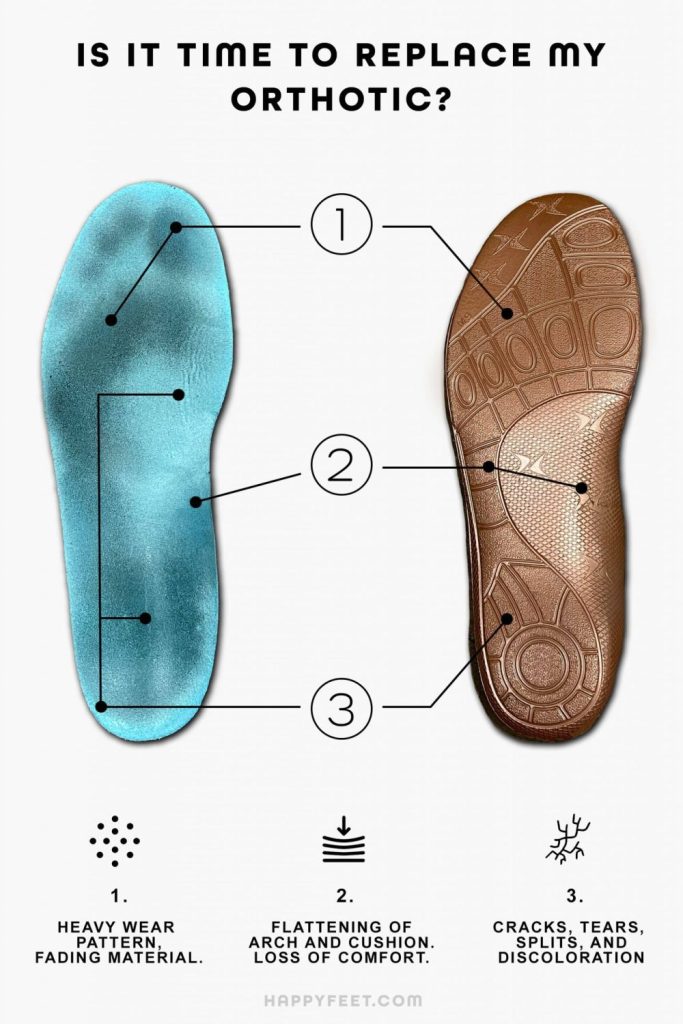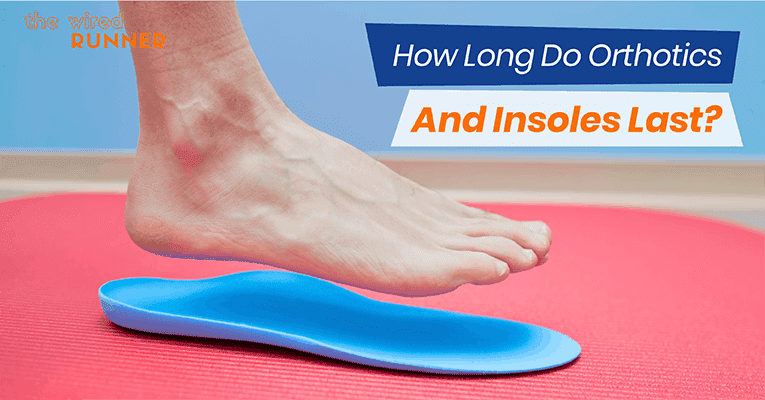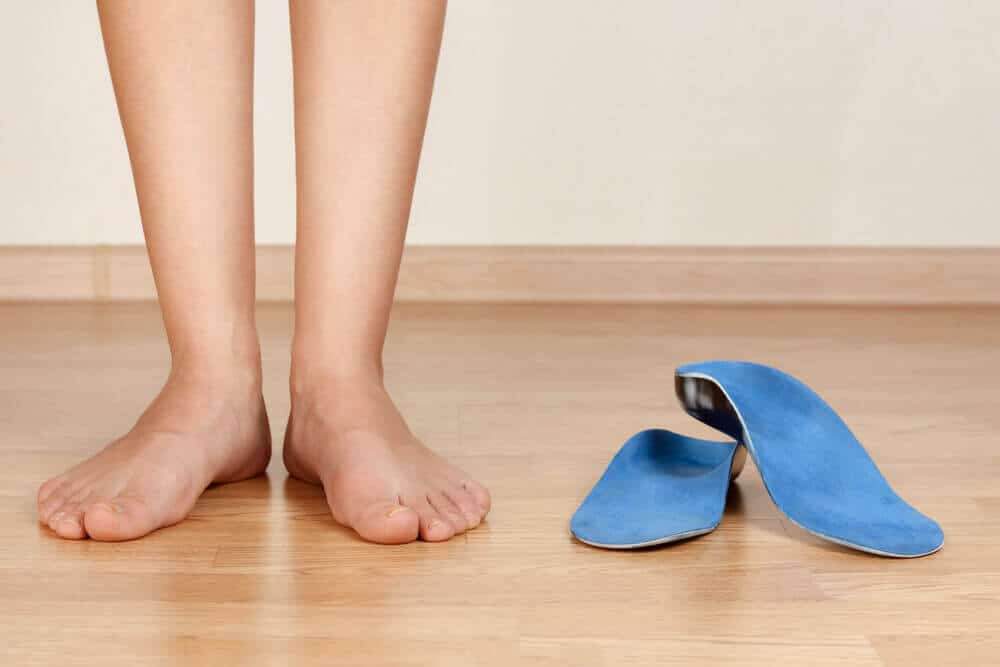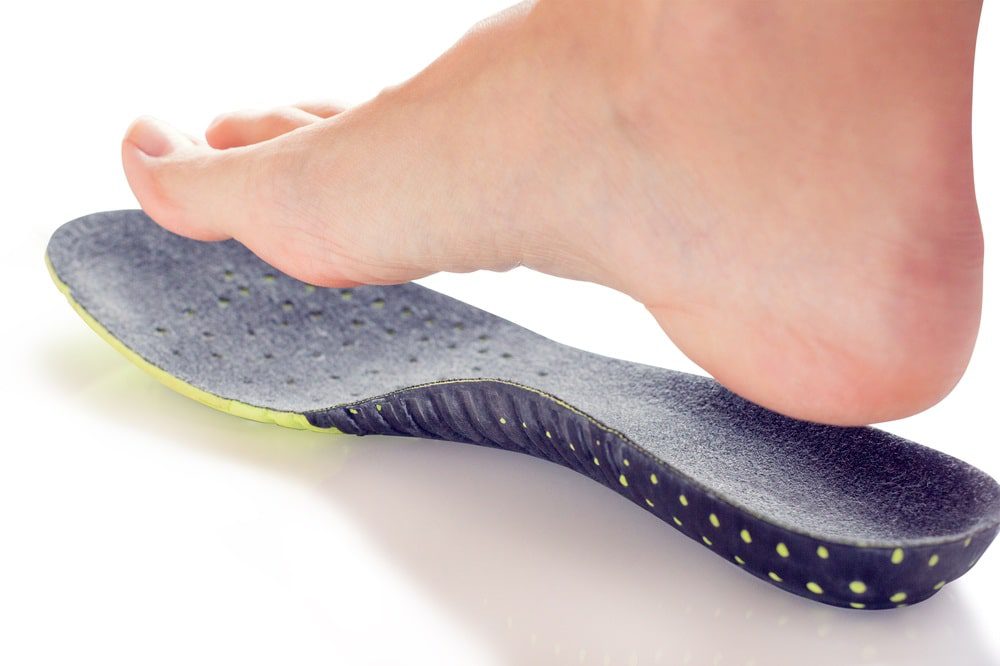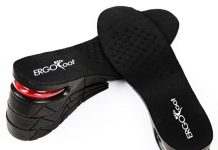When wearing insoles, you may wonder how long you should keep them on your feet. After all, finding the right balance between comfortable support and knowing when to take them off can be a tricky task.
In this article, we’ll explore the ideal duration for wearing insoles and provide some helpful guidelines to ensure you get the most out of them.
So, if you’ve ever wondered how long you should wear insoles, keep reading to find out!
What are insoles, and why are they used?
Definition of insoles
Insoles, also known as shoe inserts or footbeds, are removable inserts placed inside shoes to provide additional support, cushioning, and comfort to the feet. They are designed to address various foot problems and conditions, alleviate pain and discomfort, and improve overall foot and lower limb function.
Purpose of insoles
The primary purpose of insoles is to enhance the biomechanics of the feet and promote proper alignment. They can help correct structural imbalances, provide arch support, absorb shock, and distribute pressure evenly across the feet. Insoles are commonly used to alleviate foot pain, reduce the risk of injuries, and improve the overall comfort and function of the feet.
Determining the need for insoles
Consulting a healthcare professional
If you are experiencing persistent foot pain, discomfort, or any other foot-related issues, it is advisable to consult a healthcare professional such as a podiatrist or orthopedic specialist. They can assess your foot condition, identify any underlying problems, and determine whether insoles would benefit you.
Identifying foot problems
Specific foot problems can indicate the need for insoles. These include plantar fasciitis, flat feet, high arches, overpronation, and bunions. If you have any of these conditions or regularly experience foot pain, insoles may be recommended to address the specific needs of your feet.
Pain and discomfort
Persistent foot pain, discomfort during walking or standing, and fatigue in the feet and lower limbs are common indicators that you may benefit from insoles. These symptoms can arise from various factors, including improper foot alignment, inadequate cushioning, or pressure distribution issues. Insoles can provide support and cushioning to alleviate these symptoms and improve foot function.
Types of insoles
Arch support insoles
Arch support insoles are designed to provide additional support and stability to the arches of the feet. They help distribute body weight evenly across the feet, reduce strain on the ligaments and tendons, and alleviate arch-related issues such as plantar fasciitis or flat feet. Arch support insoles can be especially beneficial for individuals with low or collapsed arches.
Cushioning insoles
As the name suggests, cushioning insoles are designed to provide extra cushioning and shock absorption. They are handy for individuals who engage in high-impact activities or suffer heel pain or metatarsalgia. Cushioning insoles help reduce the pressure exerted on the feet and provide a comfortable and supportive surface for the feet to rest on.
Heel cups
Heel cups are specialized insoles that focus on providing support and cushioning to the heels. They often alleviate conditions such as plantar fasciitis, Achilles tendonitis, or heel spurs. Heel cups help absorb shock and distribute pressure evenly across the heel, relieving pain and discomfort.
Orthotic insoles
Orthotic insoles are custom-made or pre-fabricated insoles designed to address specific foot conditions and provide individualized support. They are often recommended for individuals with complex foot problems such as severe overpronation, high arches, or deformities. Orthotic insoles can help improve foot alignment, reduce pain, and enhance overall foot function.
Custom-made insoles
Custom-made insoles are specifically tailored to an individual’s feet’ unique shape and needs. They are typically prescribed by healthcare professionals and crafted based on detailed measurements, assessments, and considerations of the individual’s foot structure and condition. Custom-made insoles provide the highest support, comfort, and functionality, but they can be more expensive than pre-fabricated insoles.
When to wear insoles
All day
Insoles can be worn throughout the day, providing continuous support and comfort to your feet. This is particularly beneficial for individuals who experience foot pain or discomfort during daily activities such as walking, standing, or working. Wearing insoles daily can help alleviate symptoms, improve foot function, and reduce the risk of further foot problems.
During specific activities
Insoles can also be worn during specific activities that may increase stress or strain the feet. For example, if you regularly engage in running, hiking, or other high-impact sports, wearing insoles can help absorb shock, provide stability, and reduce the risk of injuries. Similarly, individuals who spend long hours on their feet, such as healthcare professionals or retail workers, can benefit from wearing insoles during work shifts.
During sports and physical activities
When participating in sports or physical activities, wearing insoles specifically designed for athletic purposes is recommended. These insoles are usually made from materials that offer optimal shock absorption, stability, and support to enhance performance and protect the feet from injuries. Wearing sport-specific insoles can help optimize foot biomechanics, reduce fatigue, and improve overall athletic performance.
In certain shoe types
Specific shoes may not provide adequate support or cushioning for your feet. In these cases, wearing insoles can help compensate for the shortcomings of the shoes and improve overall foot comfort and function. For example, if you have flat feet and wear shoes with minimal arch support, using arch support insoles can provide the necessary support and prevent excessive pronation.
Initial discomfort and breaking-in period
Common discomforts
It is common to experience some initial discomfort when wearing insoles, mainly if you are not used to the added support or cushioning. Some common discomforts may include a slight change in gait, pressure on specific areas of the feet, or a feeling of tightness in the shoes. However, these discomforts are usually temporary and should subside as your feet adjust to the insoles.
Allowing time for adjustment
Allowing your feet sufficient time to adjust to the new insoles is essential. Start by wearing them for short periods and gradually increase the duration as your feet become accustomed to the support and cushioning. If you experience persistent discomfort or pain, it is advisable to consult a healthcare professional for further evaluation and adjustments.
Monitoring foot condition
Regular assessments
Even after you have been using insoles for a while, it is essential to regularly assess the condition of your feet and how they feel with the insoles. Pay attention to any changes in pain or discomfort and improvements in foot function. Regular assessments can help determine if the insoles provide the desired support and cushioning or if any adjustments or replacements are needed.
Changes in foot condition
If you notice any significant changes in your foot condition, such as increased pain, swelling, or a change in foot shape, it is essential to consult a healthcare professional. These changes may indicate a need for a different type of insole or further evaluation of your foot condition. Regular monitoring and communication with a healthcare professional can ensure the continued effectiveness of the insoles and address any evolving foot issues.
Replacing worn-out insoles
Signs of wear
Over time, insoles will naturally wear out due to regular use and the stress placed on them. Signs of wear may include visible compression or flattening of the cushioning material, loss of support or stability, and developing an unpleasant odor. If you start experiencing foot pain or discomfort previously alleviated by the insoles, it may be a sign that they must be replaced.
Frequency of replacement
The frequency of insole replacement depends on several factors, such as the quality of the insoles, the intensity of use, and individual foot conditions. On average, it is recommended to replace insoles every 6 to 12 months or when signs of wear become noticeable. However, monitoring your comfort and foot condition and replacing the insoles as needed is essential to ensure continued support and functionality.
Insoles for specific foot conditions
Plantar fasciitis
For individuals suffering from plantar fasciitis, insoles with arch support and cushioning in the heel area can provide significant relief. These insoles help distribute pressure evenly, reduce strain on the plantar fascia ligament, and provide shock absorption for the heel. Alongside other treatment modalities healthcare professionals recommend, insoles can help alleviate pain and promote healing.
Flat feet
Individuals with flat feet often benefit from insoles that provide arch support and stability. Arch support insoles help lift the arches, align the feet, and reduce excessive pronation. They can help distribute pressure more evenly across the feet and alleviate pain or discomfort caused by the lack of natural arch support.
High arches
For individuals with high arches, insoles that offer cushioning and arch support are recommended. These insoles help absorb shock, reduce pressure on the arches, and provide stability. The cushioning helps alleviate any discomfort or pain experienced due to the high arches, while the arch support promotes proper foot alignment.
Overpronation
Overpronation refers to the inward rolling motion of the feet during walking or running. Insoles designed to address overpronation often feature arch support and pronation control. These insoles help correct foot alignment, stabilize the feet, and reduce the risk of injuries associated with overpronation.
Bunions
Insoles for individuals with bunions are typically designed with added padding and cushioning in the bunion area. These insoles help distribute pressure away from the bunion, reduce friction, and support the affected area. Using insoles can help alleviate pain, prevent further irritation of the bunion, and improve overall foot comfort.
Insoles as a preventive measure
Reducing the risk of foot problems
Even if you do not currently have any foot problems or conditions, wearing insoles can be a proactive measure to prevent future issues. Insoles provide additional support, stability, and cushioning to the feet, reducing the risk of developing common foot problems such as plantar fasciitis, Achilles tendonitis, or metatarsalgia. By promoting proper foot alignment and absorbing shock, insoles help prevent excessive stress and strain on the feet.
Support during weight-bearing activities
Engaging in weight-bearing activities, such as walking, running, or standing for extended periods, can put significant strain on the feet and lower limbs.
Wearing insoles during these activities can provide additional support, cushioning, and shock absorption, reducing the impact on the feet and minimizing the risk of overuse injuries. Insoles can enhance foot comfort, improve gait mechanics, and allow for proper foot function during weight-bearing activities.
Conclusion
Insoles are valuable footwear accessories that provide support, cushioning, and foot comfort.
They alleviate foot pain, improve foot function, and prevent various problems. By understanding the different types of insoles, when and how to wear them, and monitoring their effectiveness, you can optimize your foot health and overall comfort.
If you have any specific foot concerns or conditions, it is advisable to consult a healthcare professional for personalized recommendations and assistance.
Remember to regularly assess the condition of your feet and insoles, replace worn-out insoles as needed, and prioritize your foot health to maintain optimal mobility and well-being.

